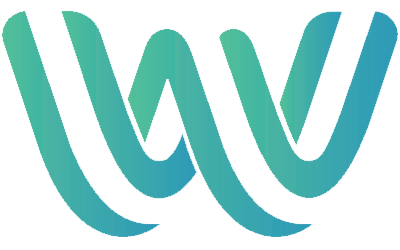What Is A Rug Pull? Here is a detailed explanation…..
In the crypto world, Rug Pulls are a smart contract exploit. If you’re new to the idea of smart contracts and crypto-assets then be sure to check out the video linked in the top right corner of this video to better understand how they work.
Rug pulls come from the phrase “to pull the rug out from under someone.” In this case it means to maliciously drain all value from a crypto token. Tokens on the blockchain often get their value from being tradable on swaps in liquidity pools. These pools have a balance of one token that’s a store of value (such as ETH, USDC) against another token. If this other token is designed poorly or maliciously, it may be vulnerable to rug pulls. If you’re unfamiliar with the concept of liquidity pools, make sure you check out our other video for a detailed explanation.
But How Exactly do rug pulls work?
Rug pulls happen via smart contract transactions. The liquidity pool will sell to anyone with the right token. If someone obtains a large supply of a coin through nefarious means and uses it to sell a large quantity of the token, it means they can rug pull the token. By selling a large quantity of the token, which is larger than the liquidity pool itself, an exploiter can drive token value to zero. This could be an insider or outsider attack on the token value.
What are some of the signs you may have invested in a rug pull?
Here are some ways to detect if the coin you hold could be exposed to a rug pull.
Firstly, Unverified Contracts: This means that the token contract is not published and therefore cannot be verified with blockchain explorers such as etherscan, bscscan, or polygonscan. The risk here is that hidden code can be placed in the contract, allowing for malicious activity.
The next thing to look out for is Large wallet holders: If most of the available tokens are controlled by a wallet that isn’t publicly identified with the team, the project is vulnerable to a rug pull. You want to pay attention to who the holders of a token are and what they are doing with their coins. If someone’s personal wallet is bigger than the entire liquidity pool, it may be vulnerable to a rug pull.
Then there’s Unlimited token supply: Every contract will tell you if there is a finite or infinite number of tokens. One common rug pull tactic is for a hacker or developer to create an infinite number of tokens and sell them into the pool, thereby reducing the tokens value to virtually zero.
Finally, there are Smart Contract Exploits: If the contract is poorly written and not audited, hackers can gain control of the contract and initiate a rug pull. Sometimes, hackers can even figure out a way to use one smart contract against another.
So how can you avoid a Rug Pull:
The best way to avoid a rug pull is to invest in large, liquid pools with all coins being well known. Coins with very high market cap, such as bitcoin or eth are generally considered to be safer.
Unknown coins should be considered dangerous until you understand how the tokens were created, where they are stored, and if there is a finite supply. Other ways to research coins and avoid investing in a rug pull include:
· Checking that the smart contract has been audited by a reputable company,
· Understanding more about who the team is behind a token or project,
· Whether this team are credible or not (and by the way, anonymous teams are a reason for concern here),
· And finally, checking to see if the team behind the project are using multi-signature wallets for managing the token supply, and therefore reducing the risk of one member of the team acting alone in a malicious way.
